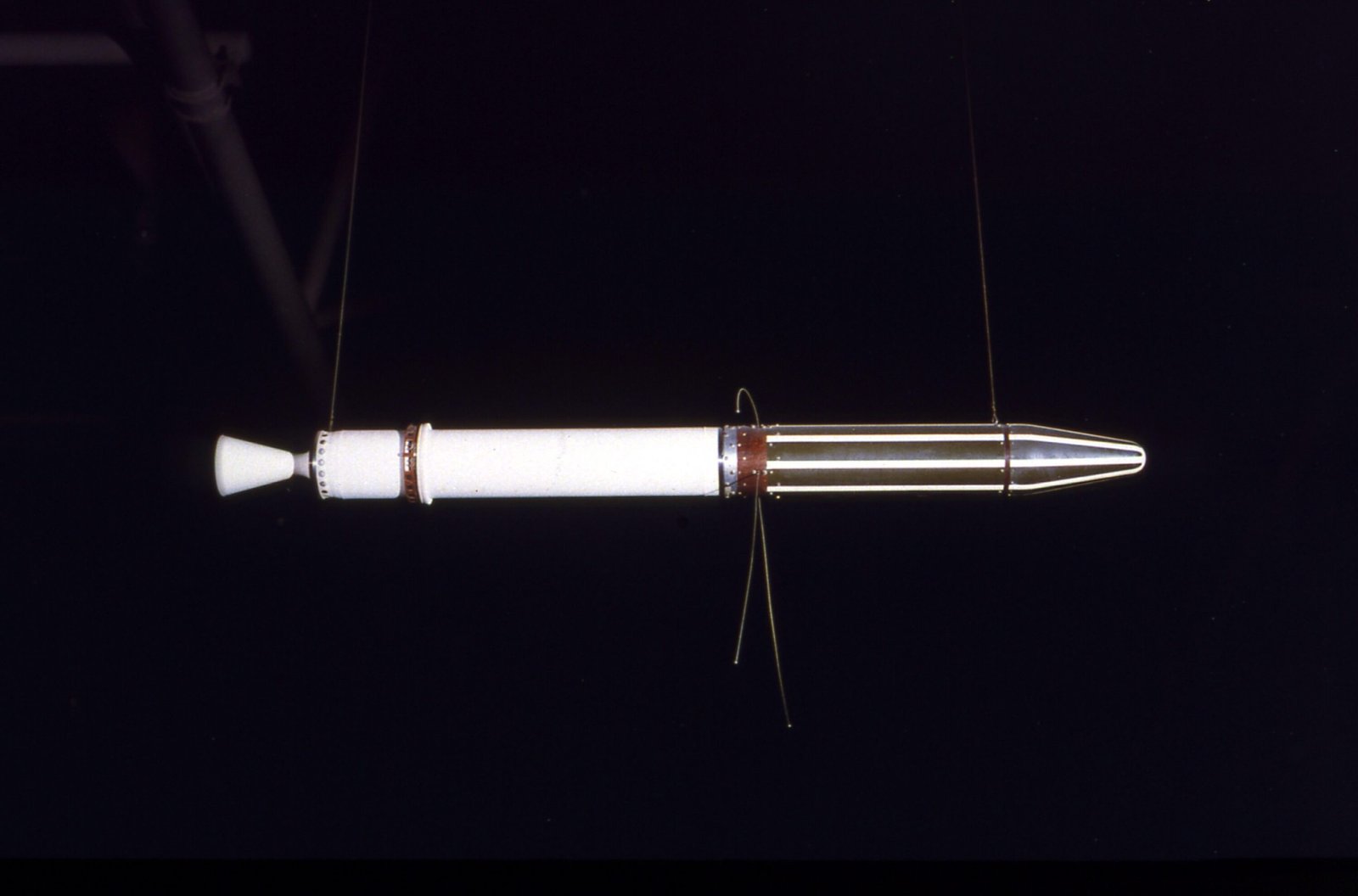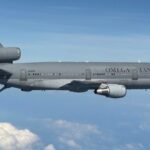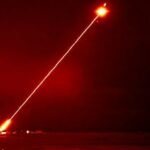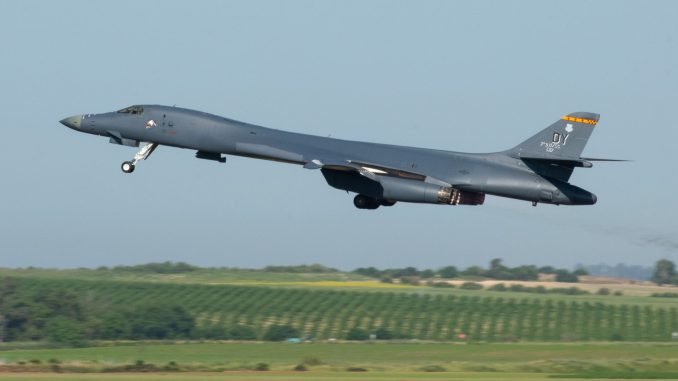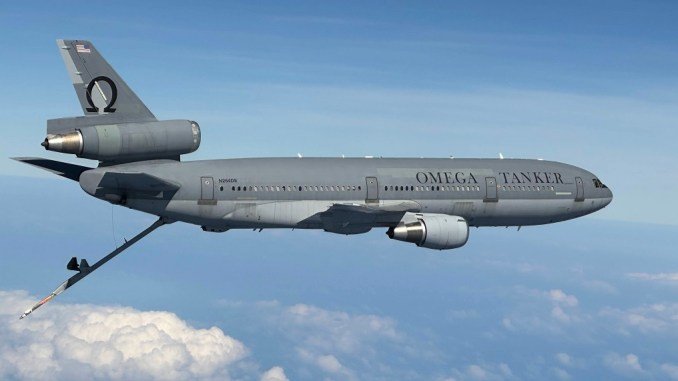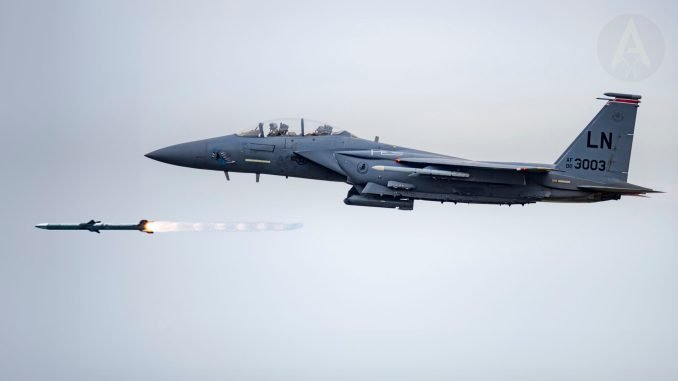[ad_1]

The brand new defensive system will mix BAE Methods’ Frequent Missile Warning System and Leonardo’s Miysis DIRCM in a readily exportable package deal.
BAE Methods and Leonardo obtained the approval from the US authorities to proceed with the event of a brand new plane survivability suite which integrates BAE Methods’ AN/AAR-57 Frequent Missile Warning System (CMWS) and Leonardo’s Miysis Directional Infrared Countermeasure (DIRCM) System. The brand new suite will maximize the effectiveness of CMWS flare decoying whereas enhancing the safety towards from InfraRed Man Transportable Air Protection Methods (IR MANPADS) with a extremely efficient DIRCM.
“This layered protection towards new and superior threats will defend plane and their crews in probably the most complicated battlespaces,” stated Chris Austin, director of Built-in Survivability Options at BAE Methods. “Utilizing interoperable, combat-proven programs is a brilliant, environment friendly, and cost-effective plane survivability answer for our worldwide clients.”
Leonardo and BAE Methods are each specialists on this area and determined to mix two of their flagship merchandise to supply the new interoperable end-to-end InfraRed aircraft self-protection system to the worldwide market, together with the present operators of the AN/AAR-57 CMWS and Miysis. The CMWS is already in service on hundreds of plane in 17 international locations all over the world, whereas Miysis has been chosen by a number of operators, representing a big, potential consumer base for the interoperable answer.
“We’re very happy to have the ability to supply this functionality to operators all over the world in collaboration with BAE Methods. The AN/AAR-57 CMWS is in service on hundreds of platforms worldwide, making it extremely complementary to our readily exportable Miysis DIRCM,” stated Tony Innes, VP Gross sales Radar and Superior Focusing on at Leonardo. “Worldwide clients who function the AN/AAR-57 now have a quick, easy and low danger strategy to equip their platforms with gold normal DIRCM safety towards infrared missiles.”
In keeping with Pawan Roy, Program Supervisor & DIRCM Worldwide Seize Lead at BAE Methods, one of many key options of the system will likely be its non-ITAR (Worldwide Site visitors in Arms Laws) subjection, which makes it readily exportable. In truth, in the US DIRCM applied sciences are usually not eligible for direct industrial gross sales and require a evaluate and approval course of from the federal government. Potential clients already confirmed curiosity within the new interoperable system.
In an e mail assertion to The Aviationist, Roy stated that this system remains to be in its preliminary phases and the 2 firms are in within the means of collaboratively finalizing this system milestones and defining an in depth design appropriately tailor-made to particular platforms, quite than a podded or a “common” answer. BAE Methods and Leonardo are centered on leveraging their expertise in aircraft survivability solutions to ship an economical functionality rapidly, merely and at low danger.
The necessity for interoperable MWS and DIRCM programs
The teachings discovered from conflicts over the previous 40 years demonstrated the necessity to adequately defend plane from MANPADS, with a selected deal with helicopters, since they’re extra in danger because of their low velocity and altitude. In at present’s ever-changing risk environments, it’s crucial to have helicopters correctly geared up earlier than they head out on fight missions, and this was largely demonstrated by the multiple helicopter losses to MANPADS in Ukraine for the reason that starting of the Ukrainian invasion.
The sophistication and proliferation of InfraRed missiles proceed to extend, each on the battlefield and in less-clearly outlined hostile zones. Defeating these threats, which are sometimes hidden till fired and might strike in seconds, is essential, requiring extra superior plane survivability tools. DIRCM-equipped self-protection suites are becoming increasingly common on helicopters, as a mixture of flares and laser jamming is taken into account the simplest technique to counter an IR-guided missile.
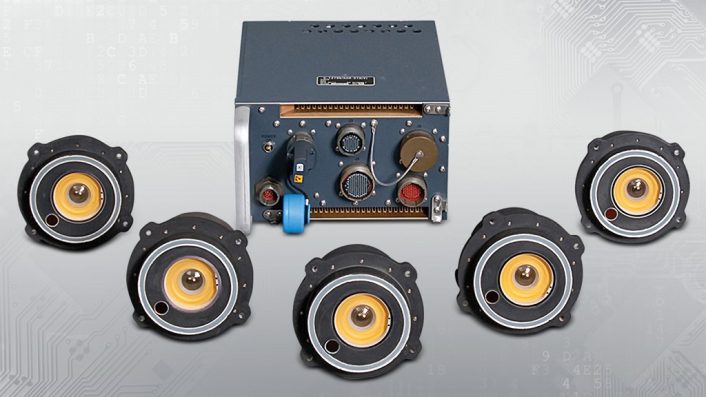
The functioning mechanism will be defined as follows: when a missile is launched, the Missile Warning Sensors detect the IR-signature of its rocket motor. The management unit then cues the DIRCM to the detected monitor and, if the system acknowledges it as an instantaneous risk to the helicopter, it begins the jamming motion directing laser power on the missile’s seeker, disturbing its steerage.
In a state of affairs the place an plane comes beneath risk from IR missiles, the BAE Methods CMWS will detect the incoming risk, alert the crew and routinely cue the Miysis DIRCM. Miysis will then rapidly overwhelm the incoming missile with a robust stream of laser power. The first objective of the DIRCM is to fully deny missile steerage and trigger the MANPAD to miss by a very large distance and as early within the engagement as potential, as a way to create the biggest potential miss distance.
BAE Methods CMWS
The AN/AAR-57 CMWS is designed to detect incoming hostile fire and missile threats, alert crews and routinely cue countermeasures on each rotary- and fixed-wing plane. The system makes use of electro-optic missile sensors (EOMS) paired with an digital management unit (ECU) to rapidly reply to present and evolving threats in any state of affairs.
Probably the most not too long ago developed third era CMWS know-how integrates hostile fireplace indication with missile warning right into a single system, enabling excessive efficiency for the automated risk detection in complicated missile, small arms, and rocket propelled grenade situations. This newest variant has been additional upgraded so as to add improved performance for the follow-on integration of plane survivability tools, such as Common Infrared Countermeasures (CIRCM) DIRCM.
Designed as a superior, adaptable plane survivability tools answer, the system options line-replaceable items that may be switched out in 3-5 minutes on the flight line, without having for particular instruments or check tools. Knowledge recording capabilities have additionally been added for detailed post-mission evaluation.
Greater than 3,000 CMWS items have been delivered and put in on over 40 completely different platforms and variants within the USA and 17 allied international locations. Fielded by the U.S. Military since 2005, CMWS has logged roughly 4 million fight flight hours, saving dozens of plane and tons of of lives in an ever-changing risk atmosphere.
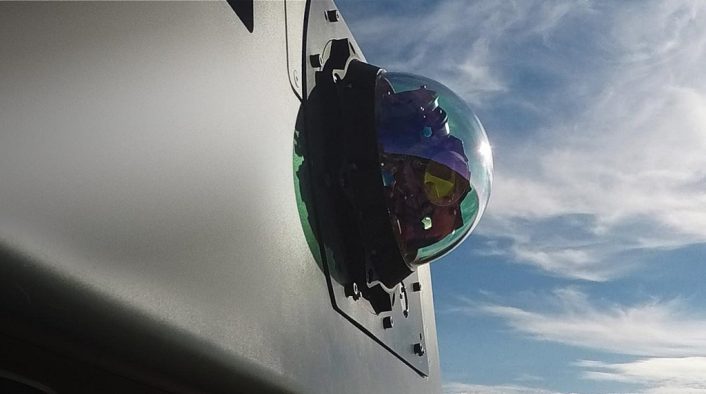
Leonardo Miysis
Miysis is a low-power-draw, low-weight DIRCM designed to supply high-power, all-aspect safety towards fashionable and legacy threats. Miysis includes a twin-head laser pointer/tracker system as a single head DIRCM doesn’t present the required stage of spherical safety to defeat extra superior threats. In truth, the airframe would masks some angles and create shadow zones the place the DIRCM wouldn’t be capable of “see” the risk, placing the plane in danger. The corporate says {that a} three-head system can also be out there for protection on massive platforms with high-value missions.
Leonardo believes that the Miysis DIRCM System is at present the smallest and lightest excessive Vitality-on-Goal, multi-turret, full DIRCM system out there to the world market at present, with a complete system weight of lower than 40 kg (excluding the MWS). It has a peak energy draw of lower than 1300W, and usually attracts lower than 600W throughout jamming with each heads, giving it the bottom plane energy necessities of any comparable system.
The corporate set itself three key technical challenges for the event of the Miysis DIRCM system when it comes to weight, laser energy and velocity of response. In an effort to be suitable for light aircraft, small helicopters and UAVs, Miysis needed to be small, light-weight and draw very low energy from the host plane, whereas on the similar time delivering sufficient laser energy onto a risk to guard even bigger airframes.
Furthermore, the DIRCM needed to interact any IR MANPAD risk instantly after launch, whatever the vary from which it was fired. The flexibility to jam a missile as quickly as potential can also be instrumental to permit a a number of risk state of affairs to be defeated successfully, even with just one laser firing on a number of targets. For instance, we will contemplate two missiles launched on the identical aspect of the plane, so just one DIRCM turret would be capable of see and interact them.
[ad_2]
Source link

